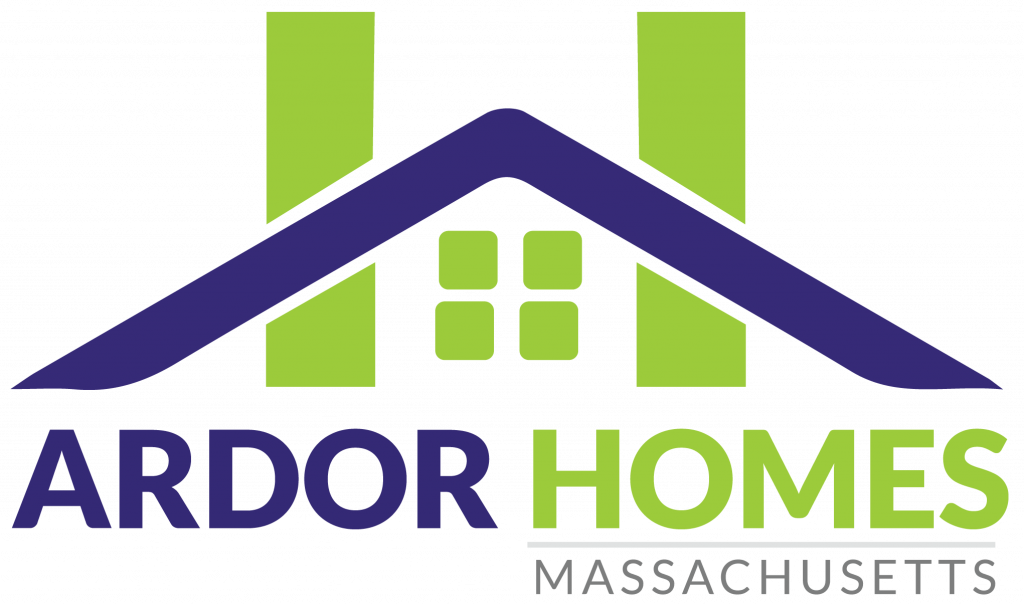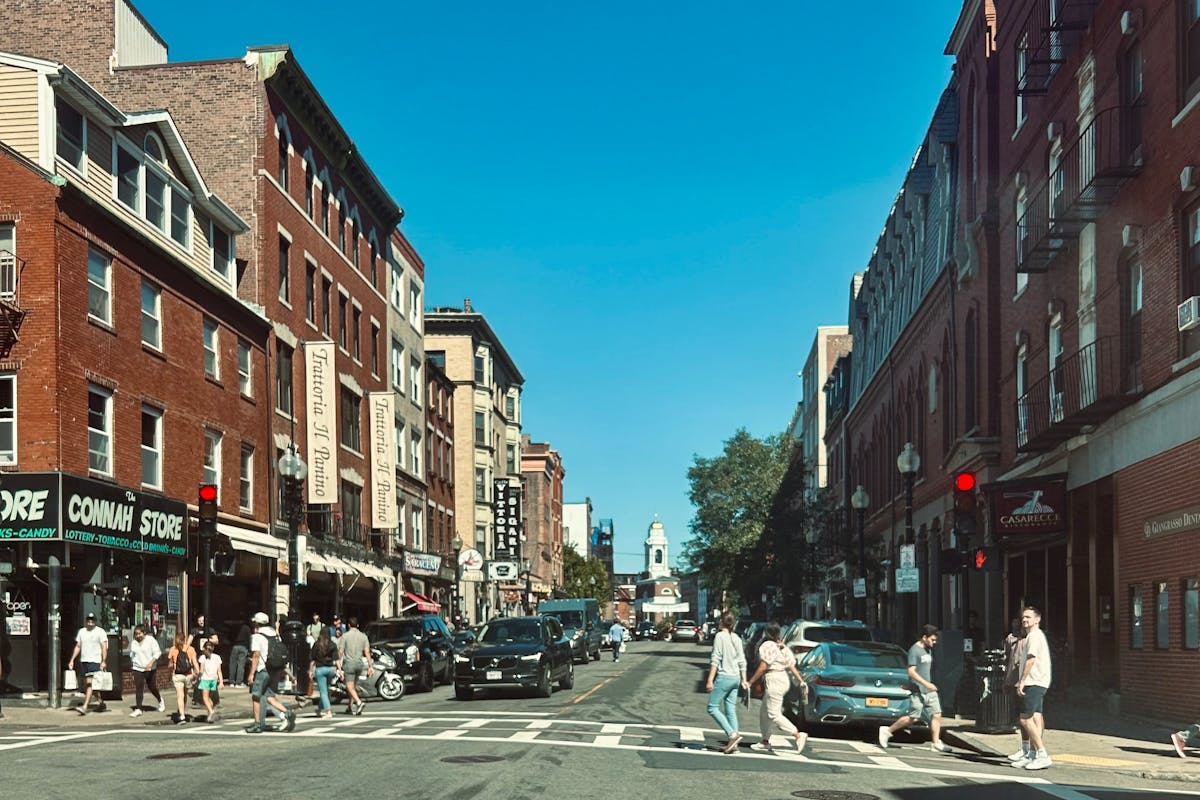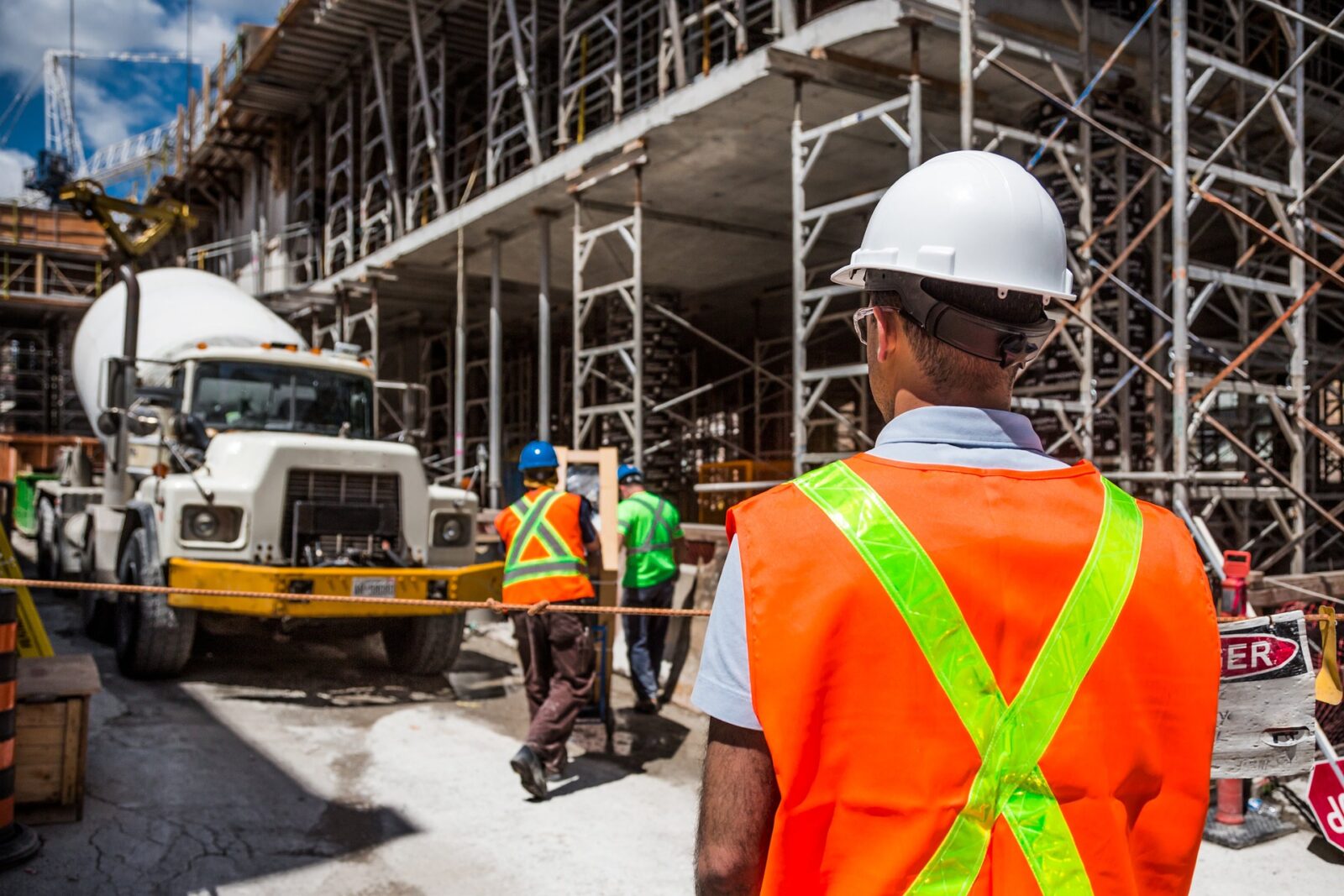
Shelter is one of the most basic human needs, and as long as people continue to exist, housing will always be a top priority. Most people would like to design and build their own homes from scratch. This way, they’re able to customize their house precisely the way they want it to be.
In recent times, the cost of building a house has skyrocketed considerably. The rising cost of building materials, living in a pandemic, and inflation are some of the chief contributors to this situation.
In effect, it’s getting more difficult for people to get affordable housing. As a result, more people are actively seeking creative ways to save money building their dream home.
In reality, it isn’t easy to build a house, especially if you don’t have prior experience in house construction. Building a house is also money-intensive. Conversely, buying a house may be more cost-effective and less stressful. The way to accomplish it is obvious: you just need to know how to save money for a house.
However, there are alternatives to buying a house if you’ve decided to build a house. In this article, we’ll be looking at ways to build a house cheaply, and their pros and cons.
Go DIY
Multiple factors combine to rack up the cost of building a house, and labor costs are one of these factors. A quick way to save money on the building process is to do the bulk of the labor yourself and only pay for specialized work such as plumbing or wiring the house with electricity.
As exciting as DIY sounds, it only works if you’ve had extensive experience in the construction industry. Lack of knowledge may lead you to make avoidable and costly mistakes, and this defeats the fundamental aim of going DIY in the first place.
If you have the necessary experience, doing the bulk of the labor is an excellent way to save money. Consider building a house with a rectangular floor plan to manage space effectively, and save time and money.
Pros
The benefits of making your home a DIY project include:
- You gain new experience if you weren’t in the construction industry previously.
- You get to build your home exactly as you want it to be.
- It saves money on labor costs, thereby reducing the average cost of building a house.
Cons
The cons include:
- It may consume a lot more time than if you hire professional builders.
- You might end up spending more, especially if you make a costly mistake.
- The quality of the finished house might not be up to standard.
Build a Simple House
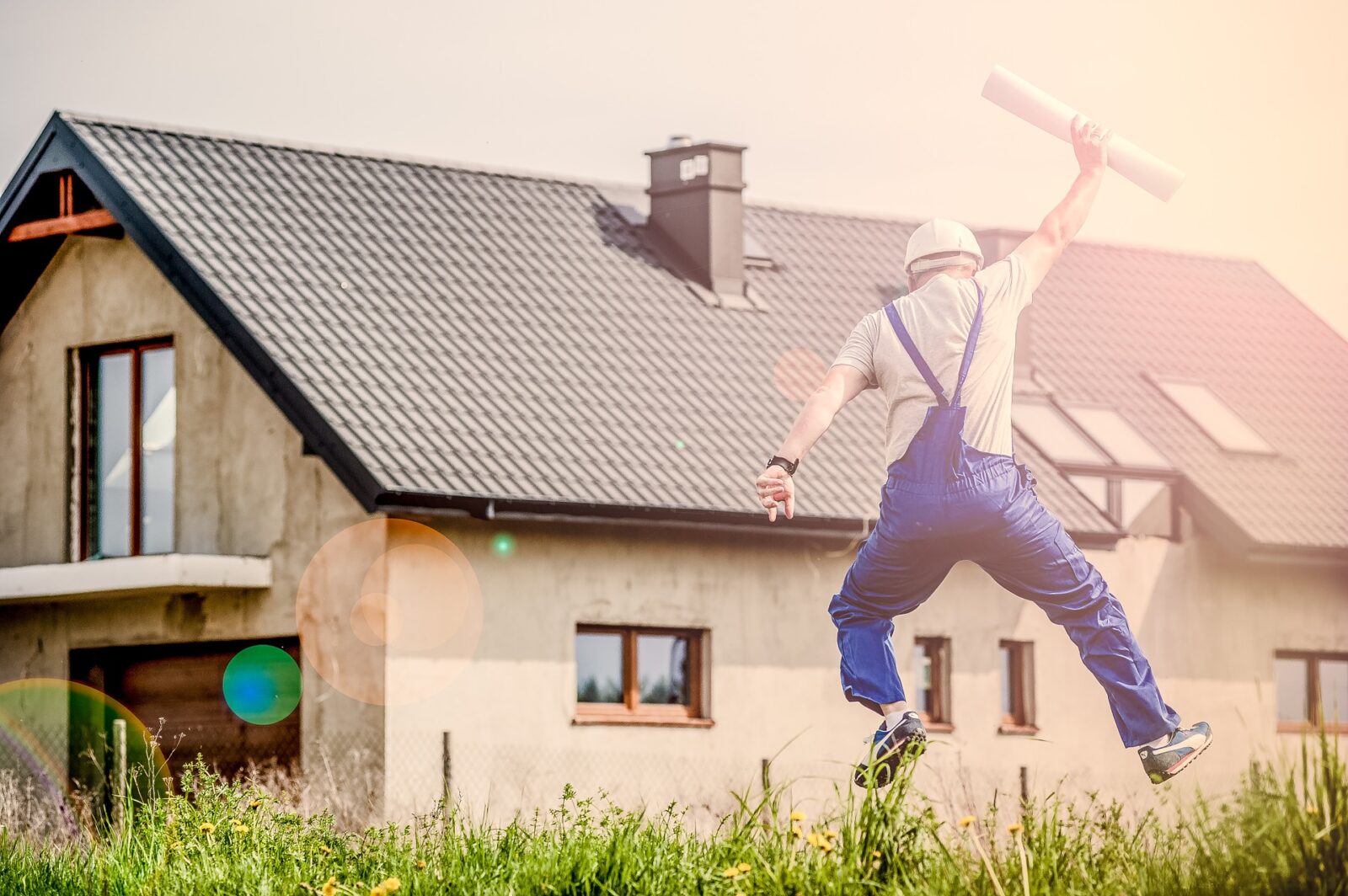
The style and design are other significant determinants of how much you’ll eventually spend on building costs. Rectangles and squares are the most uncomplicated shapes to deal with.
Building a baroque or roman style home will cost much more than building a simple rectangle or square-shaped home. Sometimes, simpler is better and more elegant.
A simple home requires fewer building materials and doesn’t require lots of experience to build. You can build this kind of house on your own if you’ve got some experience in the building industry.
So rather than going for a very elaborate design, consider simplifying things to save both time and money.
Pros
- Building a simple house saves practically everything: land, materials, and labor costs.
- A simple house can conserve energy use considerably.
- It doesn’t require much time to construct.
Cons
- The design of the house might not be very appealing.
- It may not qualify for a loan.
Use Unconventional Building Material
One of the cheapest ways to build a house is using inexpensive materials. Some of these materials are durable but not widely known. The beauty of using any of these materials is that they’re all relatively easy to use and don’t require much construction knowledge.
Using cheap building materials can help you save thousands of dollars when building. Let’s take a look at some unconventional materials you can use.
Reclaimed Wood
Reclaimed wood costs as little as five dollars per square foot. If you’re a lover of wood floors, reclaimed wood is a perfect option to floor your house. Although they often have a weathered and rustic look, you can give it a high gloss finish by thoroughly sanding and repainting it.
Used Bricks
If you prefer more sturdy material on a budget, consider getting used bricks for the walls of your home. Bricks are famous for their charming color, and you can repaint the used ones to get the same result. Used bricks cost between $300 to $600 per 1000 bricks.
Cement Board
Also known as concrete sheets, this mixture of cement and cellulose fiber costs $10 for each 3 x 5 flat board. They’re a good alternative for flooring and walls.
Prefabricated Panels

Prefabricated panels are factory assembled homes that are shipped as components and then assembled at your building site. They’re made up of panels built off-site and transported to where they’re needed.
They’re one way to significantly lower building costs while putting up a modern and sleek home structure. You can build a home that’s uniquely yours, and of any size you want with these panels.
Fly-ash Bricks
These are a great alternative to traditional red bricks, and they’re eco-friendly and relatively new to the US market. These bricks are made from the ash residue from burning coal, mixed with lime and water to form a brick that closely resembles Portland cement. Fly ash bricks cost way less than red bricks and are good for building your own house while saving money.
The list of unconventional materials for building goes on. Reclaimed materials, recycled or used materials, are included in this list. Also, depending on the weather conditions where you live, you can consider using bamboo, straw bales, or corrugated metal sheets.
For finishing, options like stone veneer, which costs as little as $10 per sheet and cork which goes for $3 per slab, are inexpensive materials that will give your home a sophisticated look without appearing cheap.
For the exterior of your home, stone claddings are charming, especially if you love a classic rustic look. Another unpopular but affordable material is thatch roof. You can use this simple roof in place of more popular options to add character and uniqueness to your home while saving considerably on costs.

Compact Container Homes
Shipping containers are unusual but quickly gaining traction as a way to build a modern and trendy home. They’re one of the cheapest ways to build a house, and you can typically get a container for as low as $10,000.
The beauty of shipping container homes stems from the fact that you can combine any number of containers to build your desired size and shape of home. Because containers are such sturdy materials, you can either stack them atop one another or combine them in unusual patterns to create a truly unique home.
Containers are readily available and can be shipped to most places. You have to worry most about the interior finishing and land with this option.
Pros
- They’re made of sturdy and durable material.
- They’re easily transported.
- They’re environmentally friendly and secure (challenging to break into).
- They reduce construction time significantly because they already have walls, a roof, and a floor.
- They’re easy to use to create unique homes.
Cons
- They require special insulation.
- You need to employ the services of an experienced contractor.
- You may have difficulty obtaining a building permit for shipping container homes.
- Too much modification can mess with the structural integrity of container homes.
- Shipping containers have very rigid dimensions, which could prove to be problematic space-wise.
Revamp an Existing House
You can buy an old house for far less money than a new one. This option may require that you engage the services of a real estate agent to ensure that you get the best deal possible.
Revamping an existing home is an excellent option if you’ll be doing most of the renovations yourself. Ultimately, you’ll be saving a great deal of money on both the purchase and labor costs.
Tread cautiously if you choose to go with this option. Ensure that you carry out an extensive inspection of the property. Engage the services of a professional for this.
The reason is to make sure that the house is in good condition and you won’t have to spend much on structural faults such as bad foundations, thus spending far more than you would have on a new construction.
Pros
- Revamping costs way less and can be done at your own pace, that is, one room at a time.
- The initial cost of buying an old property is cheaper than a new construction.
- Most old houses are built of sturdier materials than modern ones.
- Old houses come with a distinct personality that can be fun to spruce up.
Cons
- Revamping may prove to be more expensive if the house has a lot of faults.
- It’s a time-consuming process.
- The house may contain toxic material such as asbestos or lead, which must be removed.
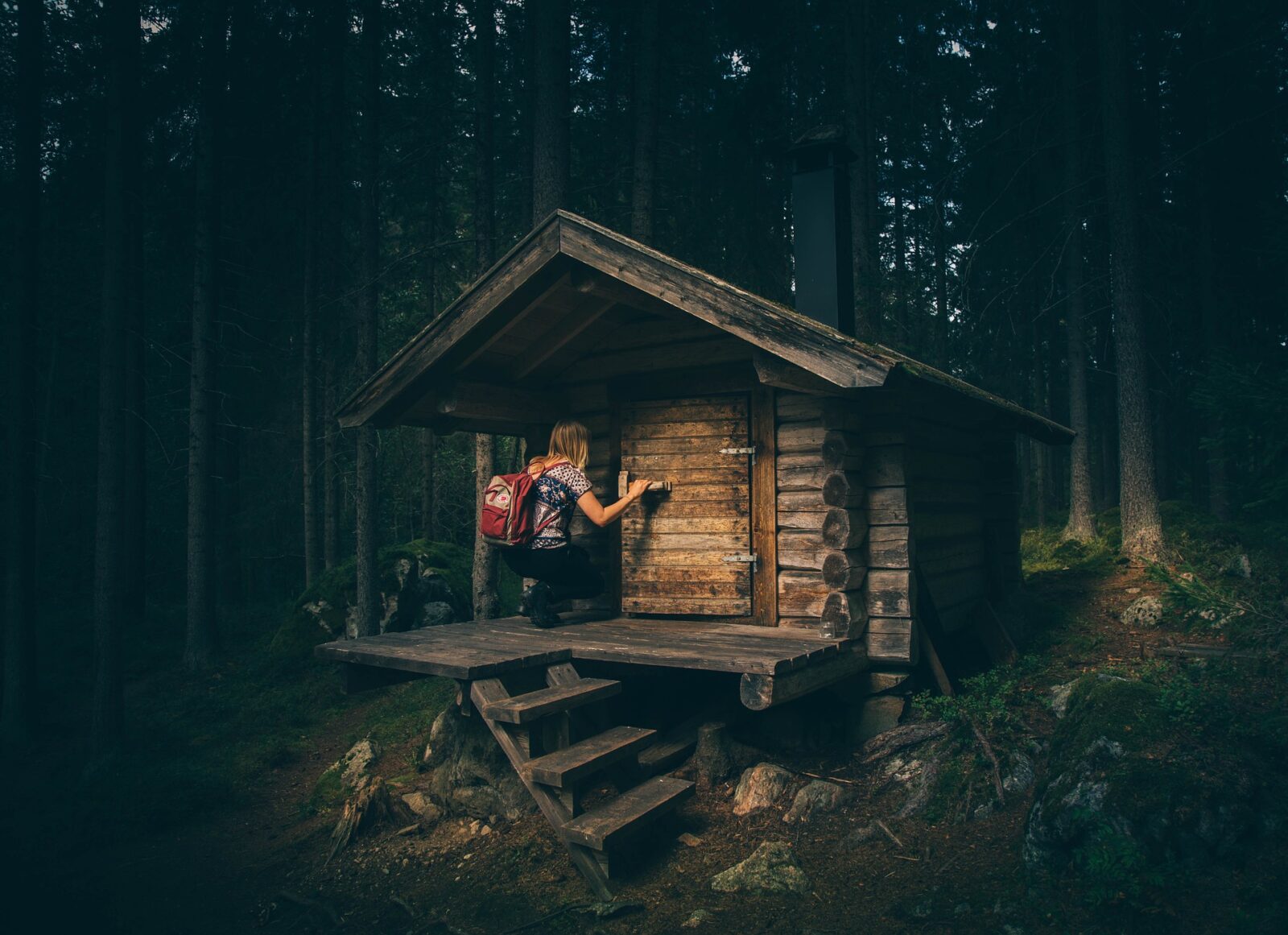
Join the Tiny Home Movement
A tiny house, as the name suggests, is tiny. A tiny home sits on a square footage of not more than 500 square feet, and the size is a far cry from the average square footage of an American home. The United States Census Bureau placed it at 2,400 square feet as of 2014. It’s one of thecheapest types of house to build.
Building a tiny house is one of the cheapest ways to build a house, and fewer square footage means lower construction costs. Tiny homes are generally more energy efficient because they don’t need to use as much energy as bigger homes. They’re also a great way to skip heavy mortgages when buying a big house.
With tiny homes, you can build a house that’s wholly yours and movable for under $50,000. These mobile tiny homes are alternatively known as micro homes, and it’s easier to be an owner-builder when it’s a tiny home involved.
It’s an ideal option if you don’t mind living in a tiny space. It’s imperative to remember that tiny houses may require some custom-built components due to their small size.
Pros
- Building a tiny home helps you keep your debt within a minimal range. You can finance the building yourself and be mortgage-free if you have enough money.
- A tiny home consumes less electricity, water, and heat, so you have fewer utility bills to pay. If you choose to install solar panels, you’ll eliminate utility bills altogether.
- A tiny home is eco-friendly and leaves a lower carbon footprint.
- It’s more energy-efficient than typical houses because it consumes so little energy.
Cons
- Most tiny homes aren’t eligible for construction loans.
- The size of these houses often poses a problem regarding storage, and small living spaces mean that you have to stick to the bare necessities.
- Due to the small living space, having people over, hosting a dinner or party is often not feasible unless you have a dedicated outdoor entertaining area.
- You have to manually empty the compost, which is not the most desirable of chores.
Manage Space Creatively
A significant part of a building’s expense is racked up by the size of the house you’re building. However, there are ways to manage space creatively and effectively no matter how big your home is. How effectively you manage your space will determine how much you spend on certain materials.
Some ways you can manage space effectively are:
Build Water Usage Areas in One Place
As far as brilliant ideas go, building water usage areas either side by side or atop one another is an ingenious idea. You’ll save a considerable amount of money on plumbing materials by doing this.
However, to properly implement this, it has to be included in the floor plan of your house. Make plans to place the kitchen, laundry room, and bathroom together when drawing up the plans for your home.
Build Up Not Out
If you’re working with a limited amount of land, the chances are that there won’t be space to build out. A clever solution is to build up and add another story to your house for more room. Building up has to be thought out, though, so that you can build your foundation accordingly.
Pros
- Every square foot of your house is used optimally, ensuring no wasted space.
- You save a good deal of money on materials and labor.
Cons
There are no cons to managing space effectively
Find Cheap Land
A great way to save money when building a house is to find an affordable piece of land. The land is a significant part of a home and costs a lot of money. If you can purchase land that doesn’t cost much, you’ll be able to save more to go into the actual construction of the house.
In real estate, buying undeveloped land is a straightforward process, and underdeveloped land taxes are lower than developed land.
Pros
- You get to spend less money on land purchases.
- You can consider the type of land and environment when drawing up the building plans.
- Undeveloped land is easier to buy, can be purchased with cash, and qualifies you for a construction loan when you’re ready to build.
Cons
- The land may be located in a less than optimal location because it’s cheap.
- You may have to spend more getting the land assessed for buildability.
- Land zoning rules applicable in the area will affect what you can or can’t build on your land.
Hire a Professional
If you have little or no experience with construction projects, it’s more prudent to hand over the entire home building process to a professional home builder.
While it’s tempting to be your own contractor considering the amount it could save you in labor costs, the entire point is moot if the house ends up substandard. Hiring a professional home builder will save you more money in the long run.
Also, when it comes to floor plans and building codes, an experienced designer ensures that you don’t have to worry about these things. Though being your own builder is one of the cheapest ways to build a house, sustainability and durability should be front of mind.
Pros
- An experienced builder is precisely that: someone who has many years of experience up their sleeve. They bring a lot of experience to the table.
- Ultimately, a professional saves you more time because they’re well versed in building, so your house will be up and ready to be moved into in no time.
- Employing the services of a professional may also mean that you might be able to get materials at a cheaper rate since they usually buy in large quantities and have preexisting relationships with the merchants.
Cons
- You have to be fully involved in the project, almost the same as when you’re building by yourself.
- Hiring a professional doesn’t come cheap and will increase your expenses considerably.
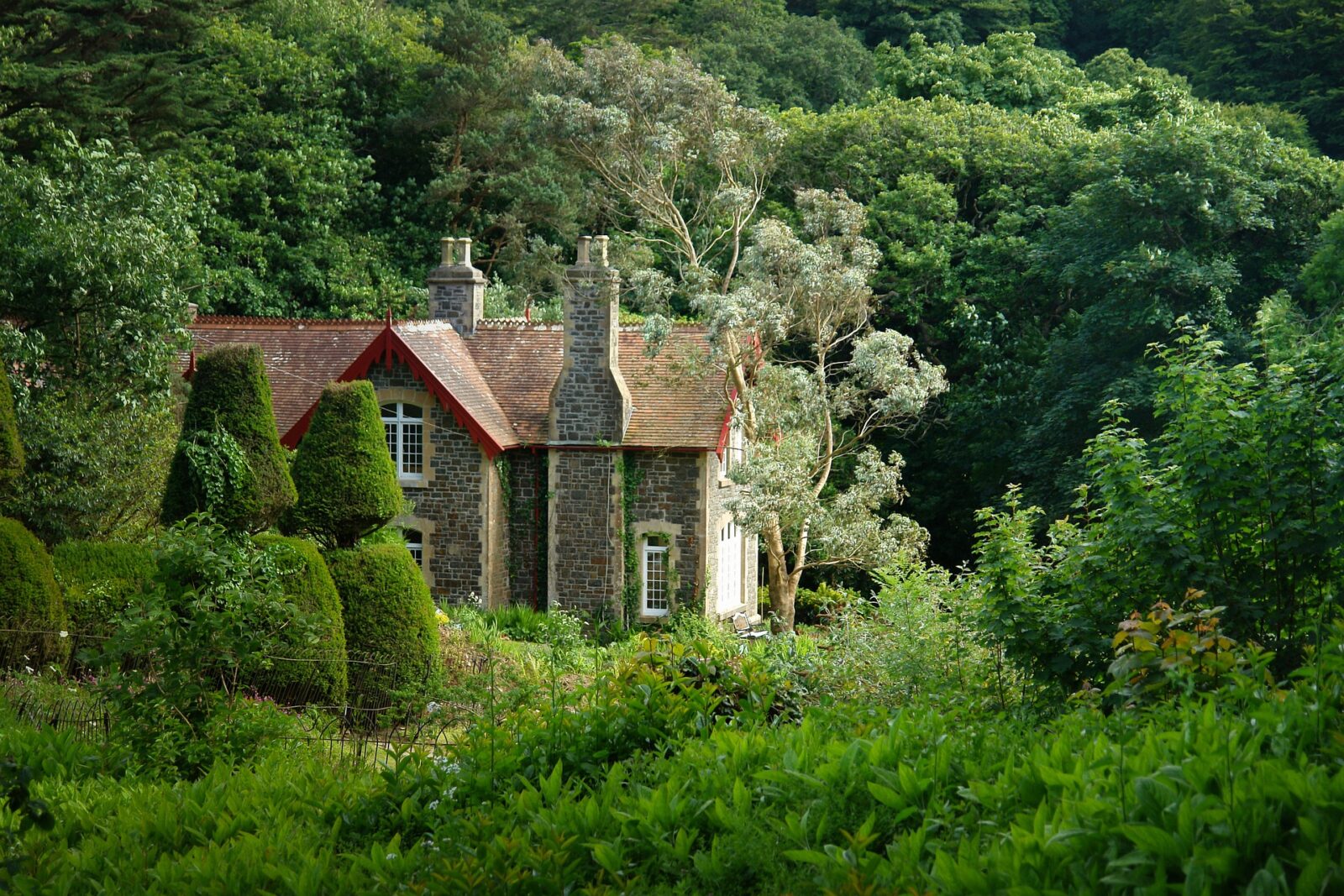
Go Off the Grid
More and more people are beginning to subscribe to sustainable living. Just as the name suggests, living off the grid is being cut off from the rest of civilization whereby you create all of your own living requirements on site. For example, food or electricity.
The primary concerns for houses built off the grid are water, energy, and food. Sustainable energy sources such as solar or wind energy draw water to the house and meet other energy needs. Other options include harvesting rainwater or building very close to a natural water source.
High-efficiency windows will go a long way in cutting down total energy consumption. Actively seek out these kinds of efficient energy materials once you decide to live off the grid.
Pros
- It teaches you to be more self-sufficient.
- Off-the-grid living effectively lowers carbon footprint.
- The land is inexpensive.
- Your living costs are considerably reduced.
Cons
- Building and maintaining energy, waste, and water systems can be expensive.
- The off-the-grid building never ends.
- Your house is constantly undergoing modification.
- Getting used to the new lifestyle and lack of modern conveniences takes time.
Between Building a House and Buying a House: Which Is More Expensive?
The area where you live is a chief determinant of the price of local real estate. Buying and building a house in a rural area costs much less than in a prominent city suburb. The average price for a house nationally is $324,900 while Home Advisor says it costs an average of $283,204 to build a house.
However, most of the cheaper home alternatives don’t qualify for either a personal loan or any other loan for that matter. So if you’re planning to use lending services provided by most financial institutions, buying a house might be the more viable option for you.
While relatively inexpensive, a tiny home and a container home might not be ideal for a large family. In this scenario, building and buying a house will cost around the same amount.
Wrapping Up
How much money you spend in building your dream home depends on many things, chief of which is the cost of labor, land, and the price of materials. Before you decide to build instead of buy, do your research.
Currently, there are many unconventional materials available to build houses. Some of these materials have been available for a while but aren’t widely known. The most affordable way to build a house is knowing these materials and using them judiciously in your building project. It’ll help you build your dream house while spending as little money as possible.
Carefully consider all your options before you make a decision. Seek the opinion of a real estate professional agency, like Home Across America, if possible to avoid making a mistake. Overall, by using inexpensive materials and building a tiny or simple house, you can considerably cut building costs.

In her 25-year career, Steph Wilkinson has been involved in the acquisition, marketing and sales of over $3 Billion dollars of residential real estate. A number of years ago, Steph transitioned into Brokerage Leadership for National real estate brands and tech start-ups. She has served as a Business Strategist for real estate agents and brokerages alike and is also a real estate coach and trainer. In her new role with the Iconic Team, Steph will be responsible for the growth of the team and will be working with all of our agents to increase their productivity and bottom line.
